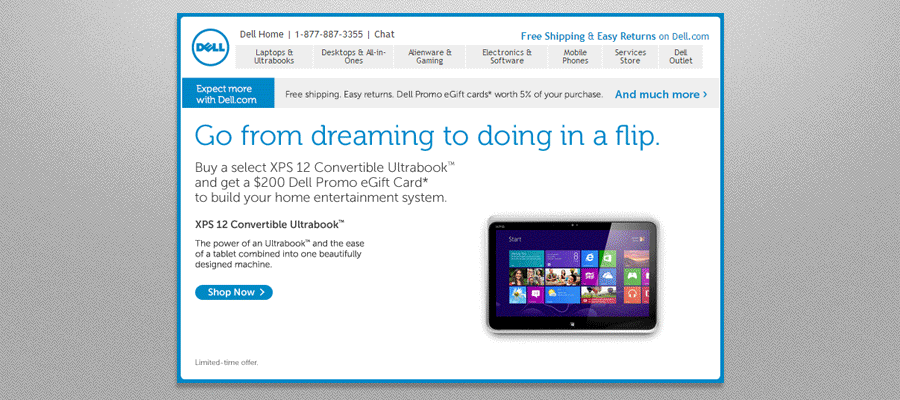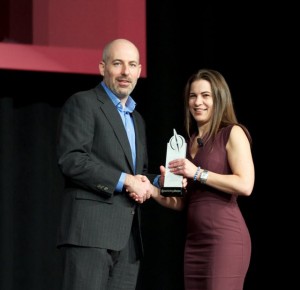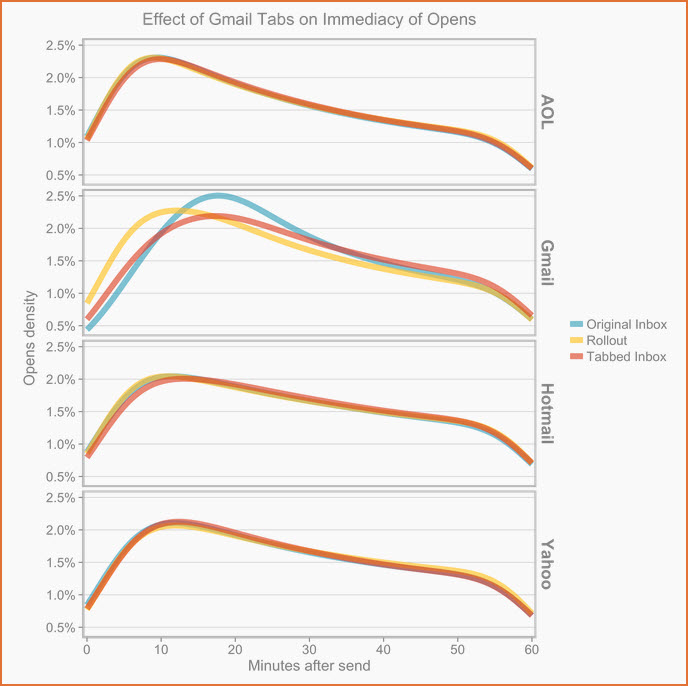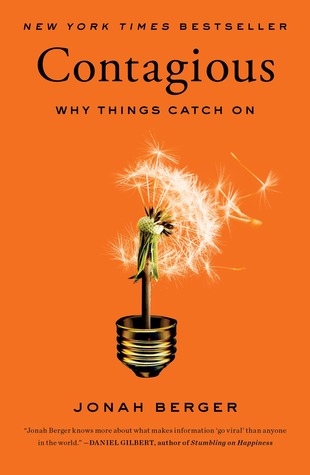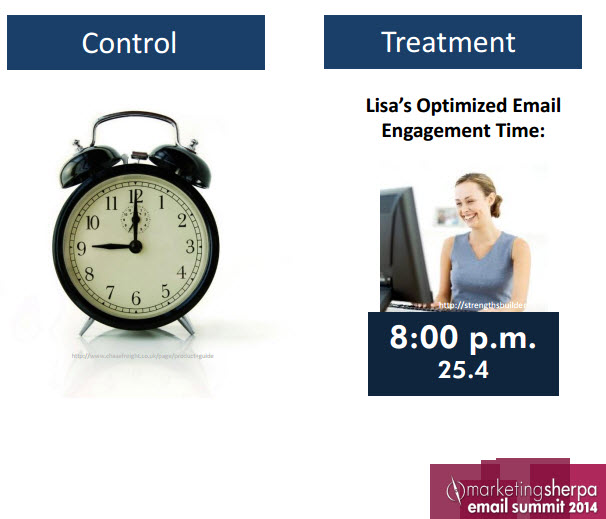(Editor’s note: Courtney Eckerle, Manager of Editorial Content, MarketingSherpa, also contributed her knowledge – and love of “Doctor Who” – to this blog post.)
There are a lot of nerds in our office, and if you’ve read this blog for any length of time, this is probably not news to you. Recently, we’ve realized something nerds everywhere have known for a long time – we are not alone.
In our case studies, blogs and events, we’ve seen how other marketers utilize pop culture to help convey complex ideas – for instance, emergency alert systems provider One Call Now used “Star Trek” characters to represent its customer personas.
Since we have seen the success others have had, we wanted to try this idea out for ourselves using an office favorite: BBC’s science fiction cult classic “Doctor Who,” which is having its latest series premiere on August 23.

For those who are unfamiliar, the titular Doctor is a Time Lord (a time-traveling alien species very similar to humans) who faces various foes in attempts to save civilizations and right wrongs using intellect over force while exploring all of time and space.
Intellect over force is a driving principle behind our work here – marketing through testing and optimization over gut feelings and intuition.
Read on for three tips we’ve taken to heart from “Doctor Who” about how to make the customer your companion in your marketing efforts.
Tip #1. Test every (seemingly) insignificant thing
Doctor: Stone dust.
Kate: Is it important?
Doctor: In 1,200 years, I’ve never stepped in anything that wasn’t. … Now, I want this stone dust analyzed. And I want a report in triplicate, with lots of graphs and diagrams and complicated sums on my desk, tomorrow morning, ASAP, pronto …
– “Doctor Who,” The Day of the Doctor, 2013
Every single thing, down to the dust he has stepped on, is something the Doctor considers important. He’s been testing, scanning and analyzing all of his surroundings for 1,200 years.
You may think that you know the answer to every question anyone could ask about your customers. But when you begin testing, you could discover that you’ve totally overlooked a simple concept that was right under your nose (or boots).
For example, at MarketingSherpa Lead Gen Summit 2013 in San Francisco, Jon Ciampi, Vice President Marketing, Corporate Development, Business Development and Strategic Accounts, CRC Health, presented a case study where his team tested what they considered to be best practices.
They took their control page of concise copy with an above the fold call-to-action, and created a treatment full of copy with a below the fold call-to-action.
What Jon and his team discovered was an “aha moment,” realizing that not only had the treatment outperformed the control by 220%, but they hadn’t understood their customers’ motivations at all.
While they had been promoting luxury and statistics, it took one test to realize that customers weren’t asking, “What is your doctor-to-patient ratio?” but rather, “Can I trust you with my loved one?”
“We test in the eternal hope that we can possibly understand the motivations of our customers and adjust our practices accordingly,” Jon summed up in his presentation.
Read more…



